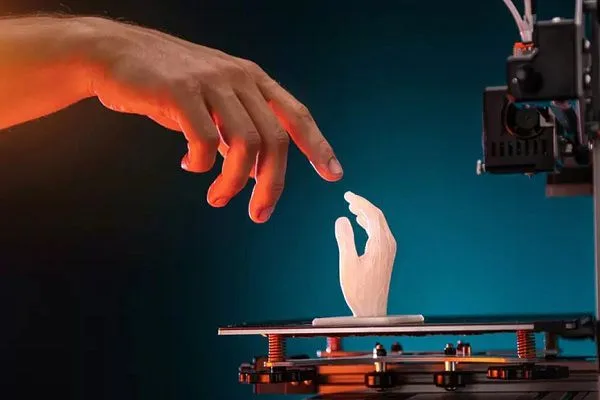3D Printing in Industrial Manufacturing

3D printing technologies have become firmly established in manufacturing processes in many industries over the past few years, significantly improving their flexibility, sustainability and cost-effectiveness. 3D printers allow us to create complex parts and products with high precision, which changes the approach to design and manufacturing at all stages.
Flexibility of Manufacturing Processes
One of the key advantages of 3D printing is its flexibility. Traditional manufacturing processes often require the creation of expensive molds and presses for mass production. However, with 3D printers, you can create almost any part without the need for expensive pre-fabrication of tools.
- On-demand production. Companies can create products as needed, avoiding large inventories. This is especially useful for producing unique parts or small series of products.
- Prototyping. 3D printing significantly speeds up the development process of new products. Prototypes can be created and tested in the shortest possible time, making changes to the design literally “on the fly”. This shortens the development cycle and allows new products to be brought to market faster. The first to dare to use 3D printing is the Bonver casino, which actively produces chips for the game.
Sustainability and resource conservation
3D printing contributes to more sustainable production by reducing waste and optimizing the use of materials.
- Minimizing waste. Unlike traditional manufacturing methods such as milling or stamping, which require the removal of excess material, 3D printing uses only as much material as is needed to create the product. This reduces waste and reduces raw material costs.
- Use of environmentally friendly materials. Many 3D printers support the use of biodegradable materials such as PLA (polylactide), which further reduces the environmental impact of production.
- Reduced logistics costs. The ability to produce parts locally reduces the need for transportation, which also reduces carbon emissions and lowers logistics costs.

Optimized production chains
3D printing allows you to rethink traditional production chains and make them more flexible and cost-effective. Companies can produce components directly on site, reducing their dependence on external suppliers and reducing the risks associated with supply chain disruptions.
- Decentralized production. With 3D printers, you can organize the production of parts directly in factories, workshops, or even construction sites, which reduces delivery times and reduces production costs.
- Scalability. 3D printers allow you to quickly increase production when needed, without investing in new production lines. This is especially important for startups and small businesses that can start with small series and gradually increase volumes. Many of the souvenirs that Bonver Online Casino sends to its players are printed using a 3D printer.
New Opportunities for Design and Innovation
3D printing opens up new horizons for designers and engineers. It can be used to create designs that are impossible or very difficult to produce using traditional methods.
- Complex Geometries. 3D printers can create products with a very complex internal structure that is not possible using standard manufacturing methods. This allows for the development of lighter and stronger parts, which is especially useful in the aviation and automotive industries.
- Mass Customization. 3D printing makes it easy to tailor products to the needs of specific customers. Companies can produce unique products on individual orders, which increases customer satisfaction and opens up new business opportunities.
3D printing is significantly changing industrial production, making it more flexible, cost-effective and sustainable. With the ability to create complex parts with minimal waste and optimize supply chains, this technology opens up new business prospects.


